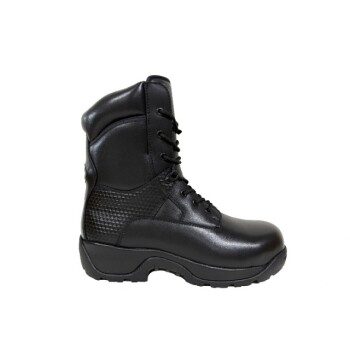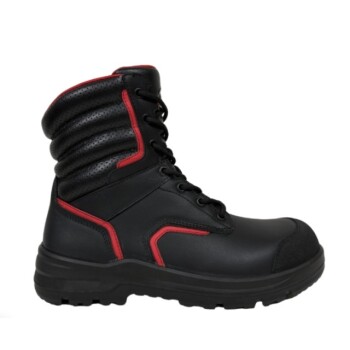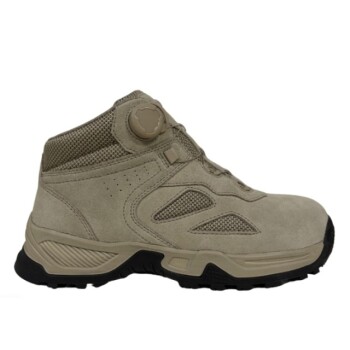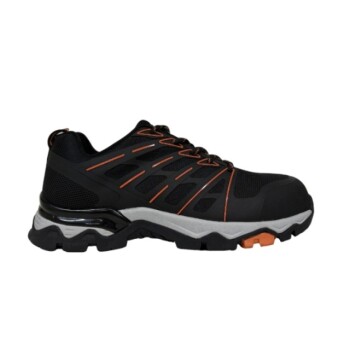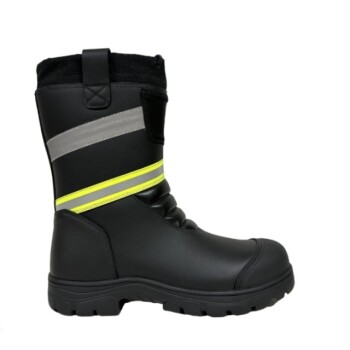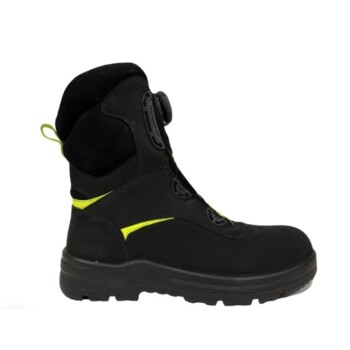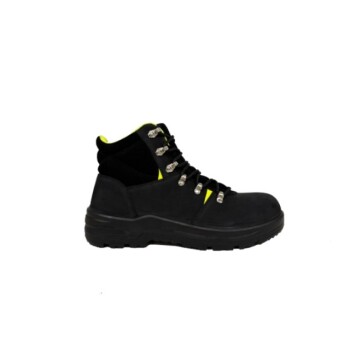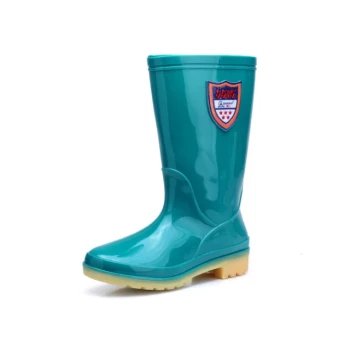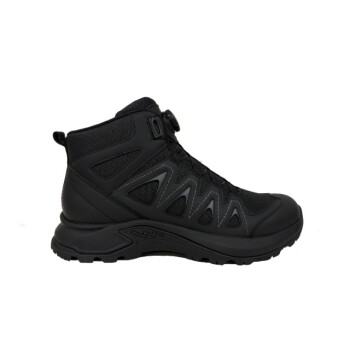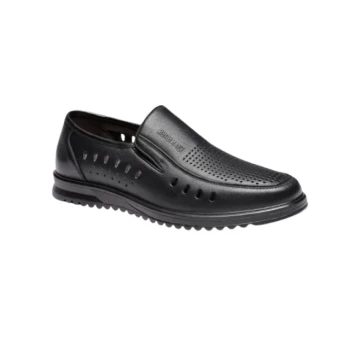Effective leg protection in winter cycling is about more than just comfort; it's a critical strategy for keeping your entire lower body warm. The most reliable approach is a layering system, starting with thermal knickers or full-length tights as a base. Over this, add weather-resistant tights or durable MTB-style pants, adjusting the combination based on how far the temperature drops.
The primary goal of winter leg protection is not just to insulate your leg muscles, but to maintain warm blood flow to your feet. Cold blood returning from the legs triggers the body to restrict circulation to your extremities, making proper leg layering the first and most critical step in preventing cold feet.
The Core Principle: Why Leg Warmth Dictates Foot Comfort
The Circulatory Connection
Your body is engineered to protect its core temperature. When cold blood from your large leg muscles circulates back to your core, your body's self-preservation instinct kicks in.
To conserve heat, it slows down blood flow to your extremities—namely, your hands and feet. This is why cyclists with perfectly insulated boots can still suffer from numb, frozen toes if their legs are underdressed.
Beyond Simple Insulation
The goal is a fine balance between warmth, wind protection, and breathability. Your legs are powerful engines that generate a significant amount of heat and sweat, even in the cold.
Effective legwear must trap enough heat to keep muscles warm and blood circulating freely, block wind to prevent convective heat loss, and allow sweat vapor to escape before it makes you damp and cold.
A Layering System for Every Temperature
A modular approach allows you to adapt to a wide range of winter conditions without needing a different outfit for every degree change.
For Cool to Cold Days (Down to -5°C / 23°F)
A single, high-quality layer is often sufficient for these temperatures.
Options like thermal bib tights or fleece-lined long johns provide the necessary insulation without causing you to overheat during harder efforts.
For Very Cold Days (Below -5°C / 23°F)
This is where a two-layer system becomes essential for both warmth and weather protection.
Start with a thermal base layer, such as 3/4-length bib knickers or full-length tights. For the outer layer, choose between weather-resistant cycling tights or more robust MTB or cross-country ski pants.
For Extreme Cold or Fat Biking
In the coldest conditions or during lower-intensity rides like fat biking, a three-layer system or a heavy-duty two-layer combination is needed.
A thermal base layer covered with durable, wind-resistant pants (like those used for MTB or XC skiing) offers maximum protection. For extreme cold, you can add a pair of weather-resistant tights over your base layer before putting on the final shell pant.
Choosing the Right Type of Legwear
Tights vs. Pants
Tights offer a streamlined, aerodynamic fit that moves with you, preventing bunching and maximizing freedom of movement. They are ideal for road cycling and faster-paced training.
Pants (MTB or XC ski style) provide superior wind and water resistance and are generally more durable. Their looser fit allows for more versatile layering underneath and they are well-suited for fat biking, commuting, and off-road riding.
The Value of Bibs and Suspenders
Bibs (tights with built-in suspenders) or adding suspenders to pants is highly recommended.
This prevents the waistband from sliding down as you ride, which eliminates the risk of a cold draft forming on your lower back—a common and uncomfortable weak point in any winter clothing system.
Understanding the Trade-offs
Overheating and Moisture
The most common mistake is over-layering. If you dress too warmly, you will sweat profusely. That moisture gets trapped, cools down, and ultimately makes you colder and more miserable than if you had started slightly underdressed. Prioritize breathability in your layers.
Bulk vs. Mobility
Each layer you add can potentially restrict your pedaling motion. This is why cycling-specific apparel, with its articulated knees and stretchy fabrics, is often superior to generic winter clothing. Ensure any combination you choose allows for a full, uninhibited range of motion.
Making the Right Choice for Your Ride
- If your primary focus is high-intensity training or road cycling: Opt for a high-quality pair of thermal, wind-resistant bib tights for a streamlined and efficient system.
- If your primary focus is commuting or casual riding: A versatile combination of thermal long johns under weather-resistant shell pants offers great protection on and off the bike.
- If your primary focus is fat biking or off-road adventure: Prioritize a durable two-layer system with a thermal base and robust MTB or XC ski pants for maximum weather protection and durability.
By strategically layering your legs, you not only protect your muscles but also win the crucial battle against cold feet, enabling you to ride comfortably all winter.
Summary Table:
| Temperature Range | Recommended Legwear System | Key Features |
|---|---|---|
| Cool to Cold (Down to -5°C / 23°F) | Single Layer: Thermal Bib Tights | Insulation, streamlined fit, breathability |
| Very Cold (Below -5°C / 23°F) | Two Layers: Base Layer + Outer Shell (Tights or Pants) | Enhanced warmth, wind/water resistance |
| Extreme Cold / Fat Biking | Three Layers or Heavy-Duty Two Layers | Maximum protection, durability for low-intensity rides |
Ready to Gear Up for Winter Riding?
As a large-scale manufacturer, 3515 produces a comprehensive range of high-performance footwear and apparel for distributors, brand owners, and bulk clients. Our production capabilities encompass all types of technical cycling gear, including the thermal layers and durable shells discussed in this article.
Partner with us to get:
- Reliable, high-volume production of quality winter cycling apparel.
- Customization options to meet your brand's specific needs.
- Expertise in functional fabrics for optimal warmth, breathability, and durability.
Let's discuss how we can support your product line. Contact our team today!
Related Products
- Wholesale Safety Footwear Manufacturer for Bulk & Custom OEM Orders
- Customizable Anti-Smash Safety Boots for Wholesale & Private Label Manufacturing
- Premium Grain Leather Safety Boots for Bulk Supply
- Custom Wholesale Leather Safety Boots Direct Factory Manufacturing
- Premium Wholesale Waterproof Safety Boots High Performance Protection for Industrial Markets
People Also Ask
- Is safety toe better than steel toe? A Guide to Choosing the Right Protection
- What are the differences between steel toe, composite toe, and alloy toe Wellington boots? Choose the Right Safety Toe for Your Job
- How do safety shoes contribute to cost savings for companies? A Strategic Investment in Risk and Cost Management
- What is a safety-toe in a boot? Your Guide to Choosing the Right Protection
- Why is manufacturer diversity and inclusion important in work boot design? For Superior Fit, Safety & Comfort


